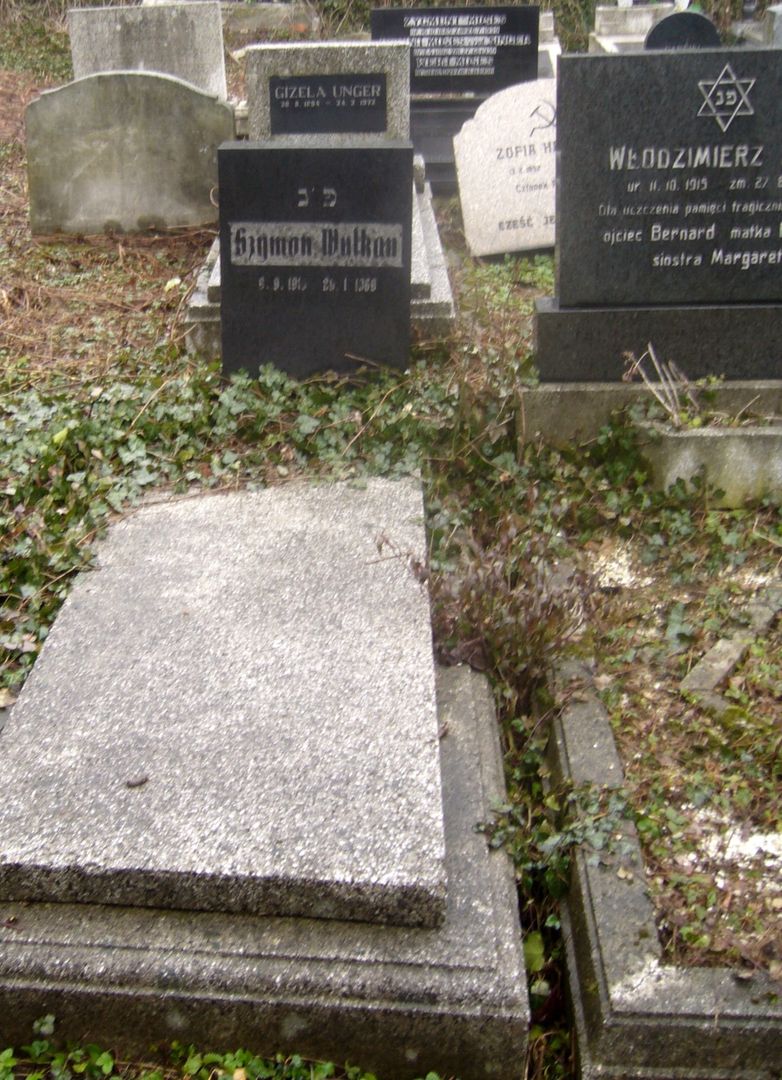Jewish cemetery in Bielsko-Biała
6.89

Overview
The Jewish cemetery in Bielsko-Biała, located in the Aleksandrowice district at Cieszyńska Street, is an important historical and architectural site, established in 1849. It covers an area of 23,900 m², of which 10,000 m² are occupied by tombstones. The cemetery is divided into seven sectors, with its oldest sections dating back to the late 1840s. Nearby stands a funeral house, built in the Neo-Romanesque-Moorish style according to Karl Korn's design in 1885, featuring valuable ceiling polychromes. The cemetery has been listed in the register of monuments since 1983 and underwent numerous renovations in the 1980s and 1990s. The history of the cemetery is marked by dramatic events, especially during World War II, when it suffered severe damage, losing over half of its tombstones, and many graves were relocated from the liquidated kirkut at Wyzwolenia Street. After the war, the cemetery was managed by various institutions, and since 1997, it has again belonged to the Jewish Religious Community in Bielsko-Biała. The cemetery not only serves as a necropolis but also acts as a haven for wildlife, with rich flora including common ivy and diverse trees. Interestingly, burials still take place regularly within the cemetery, and tombstones of various architectural forms have been preserved—from classic matzevot and obelisks to Art Nouveau tombs. The inscriptions on the tombstones are in Hebrew, German, Polish, and Yiddish, reflecting the multicultural history of the region. The cemetery is open to visitors, offering insight into the rich Jewish heritage of Bielsko-Biała.
Location
2025 Wizytor | All Rights Reserved